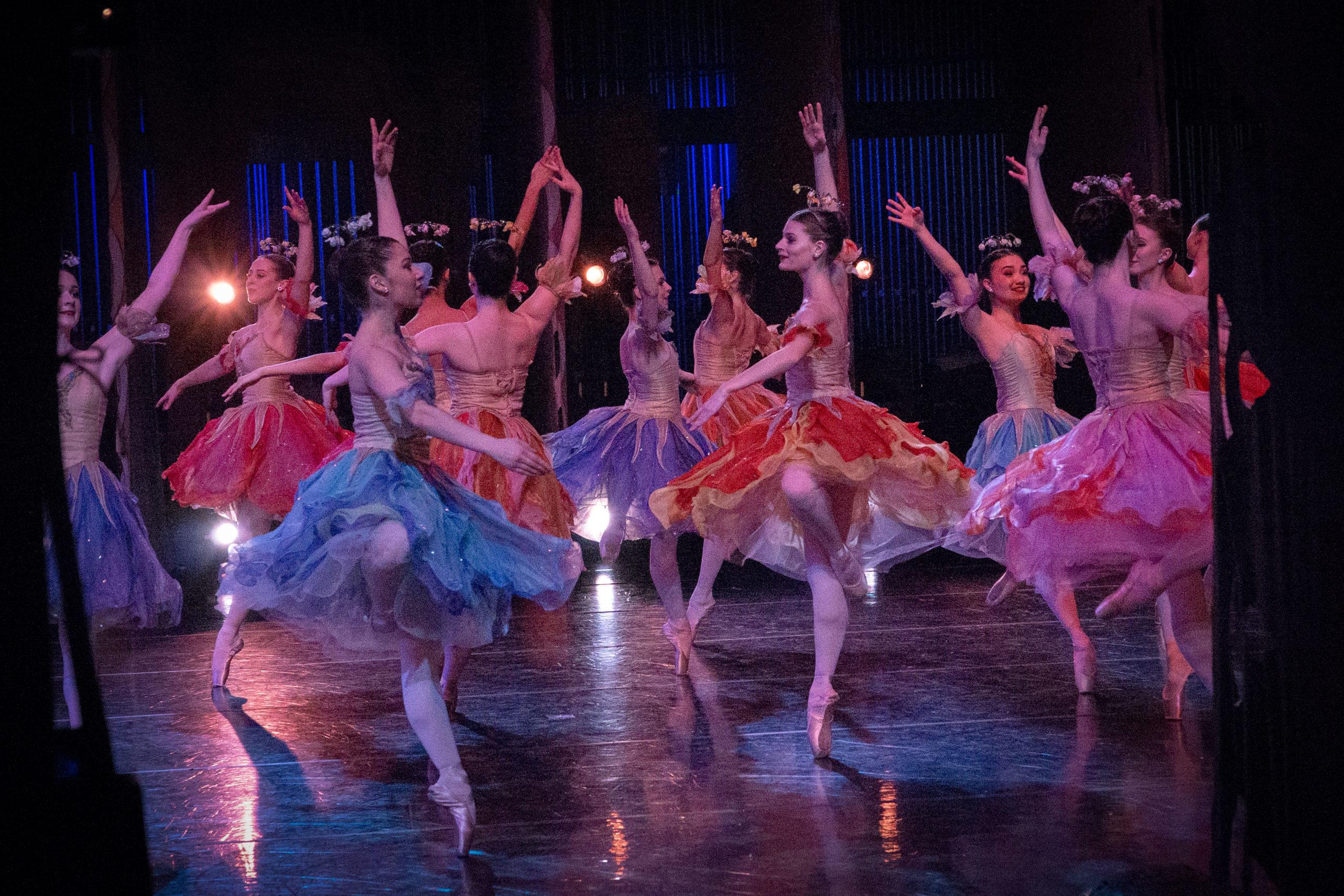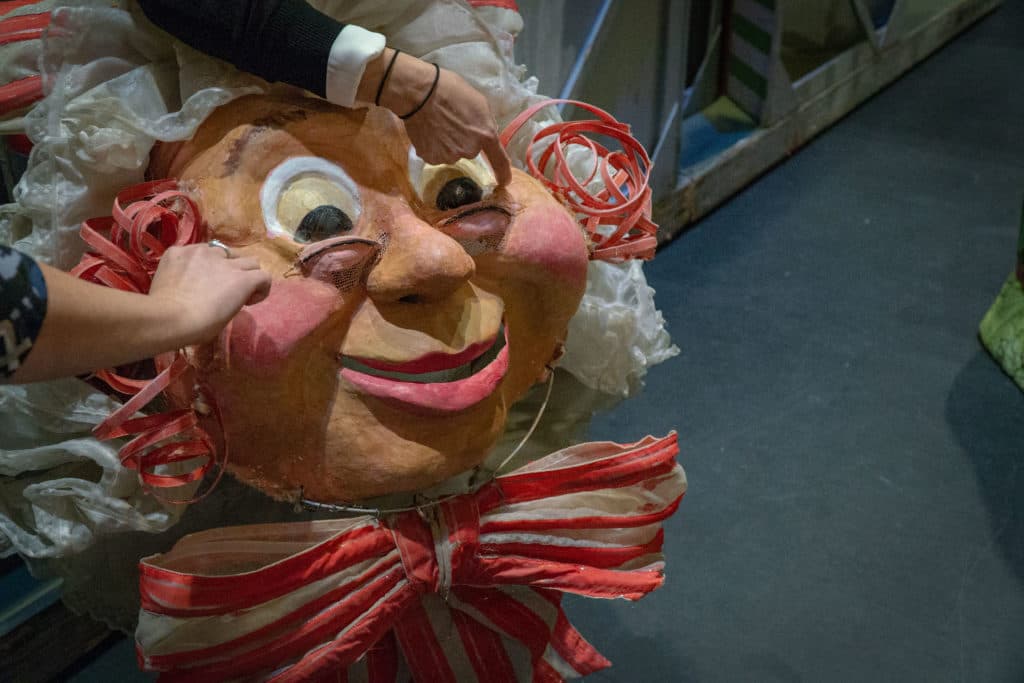
Perhaps you've heard, Colorado Ballet's Nutcracker costumes and sets are on life support.
The sets and props are held together by duct tape and glue. More than 30 years old, the costumes are routinely spritzed with vodka to fight the stench.

The ballet is set for new ones in time for the next “Nutcracker” season, though they need to raise $2.5 million to cover the cost of the new threads.
Lindsay Berry, of Denver, wanted to know where those costumes will be made and who will do the actual making.
Berry took her five-year-old daughter to “The Nutcracker” for the first time last year and saw it again this season. The costumes were one of her daughter’s favorite things about the holiday ballet.
“It sparked such a fierce Google search,” Berry said of the burning question about the new costumes’ construction.
Colorado Ballet hired Holly Hynes to design the new costumes.
Hynes recently saw the Colorado Ballet’s choreography “up close so I know what [the dancers] are expected to do in their costumes.” The designer said she’ll spend the next several months working on renderings and hopes to present designs to Colorado Ballet sometime in the spring.
Once they get those designs, Berry wanted to know, “where do those go, who makes them and who is in charge of overseeing that process? Is it in-house or is it out of the country?”
Colorado Ballet artistic director Gil Boggs said they’ll contract about a handful of shops around the country after they green light Hynes’ designs. One or two Denver shops will be included in the bid process. The same will happen for the new sets. All of the labor will be done domestically.
“Some companies I know will contract outside of the U.S. to save cost,” Boggs said. “But with them being built in the States, I have the opportunity to go to the shops, look at it and make sure that we’re getting what we want.”
Designing and creating the nearly 300 costumes for the production presents a number of challenges for Hynes.
“The first thing to tackle, or the hardest thing to tackle, is that there are a number of large heads,” the designer said.

There are heads wore by the mice, the Nutcracker Prince, plus Mother Ginger in Act II. There are also the cavalry horses worn by young dancers when the Nutcracker Prince battles the Rat King. The current heads are unwieldy or flaking off into the dancers’ eyes. But, in the last several decades, materials “to make such things” have gotten considerably better.
“Now there are so many new products out there that the heads can be relatively lightweight and very open for sightlines,” she said.
Another of her biggest challenges is costumes that are sturdy enough to survive nearly 30 shows each and every year. The perspiration from dancers, stage lights, makeup, letting a costume in or out all add up to significant wear and tear. But there is a silver lining.
“Sometimes you'll do a ballet, maybe you get five to seven performances of it and that's it,” Hynes said. “It’s so sad to see your costumes hanging in a storage room… but how great that your costumes get on stage 30 times, then they're cleaned, stored lovingly and brought back out and back on stage again for 30 more times [the next year].”
Hynes expects to be back in Colorado in the spring to present the sketches then flying back again early summer for fittings with the dancers.
“It happens really fast,” Hynes said of the turn around on a production of this scale. “Like you blink and it's October and you're hyperventilating and you go, ‘Where did [the time] go?’”









